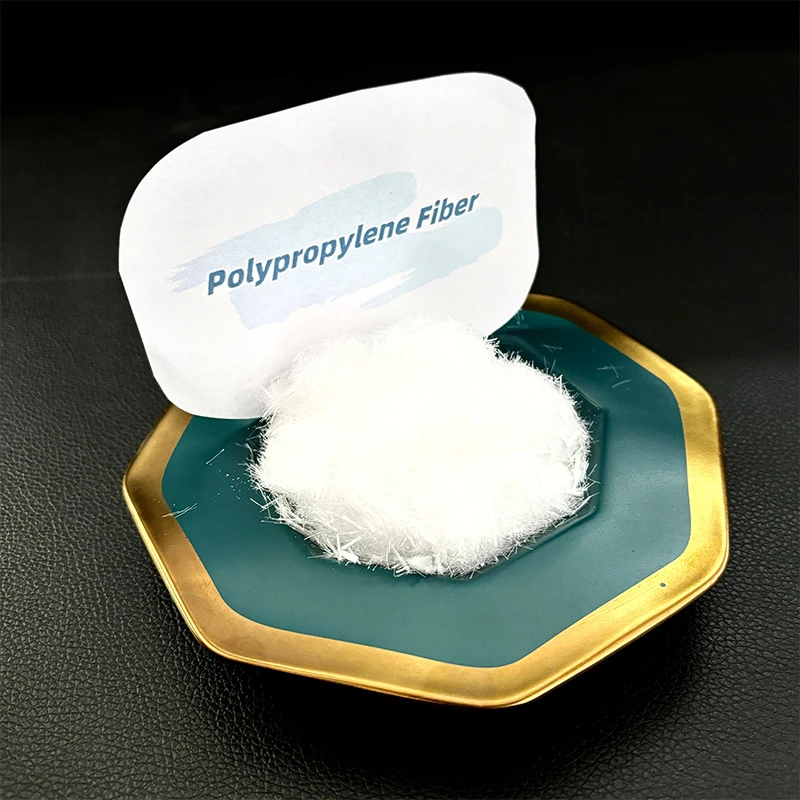
-

Add: HeBei ShengShi HongBang Cellulose Technology CO.,LTD.
-

Email
13180486930@163.com -

CONTACT US
+86 13180486930

Advances in Rubber Powder Applications for Sustainable Construction
The construction industry is undergoing a transformative shift toward more sustainable and high-performance materials, with rubber powder emerging as a pivotal innovation. Derived predominantly from recycled tire waste, this versatile material alongside specialized variants like micronized rubber powder offers unique mechanical, physical, and environmental advantages. By integrating these materials into concrete, asphalt, and surface engineering systems, the industry can address challenges such as brittleness, adhesion issues, and resource efficiency. This article explores the technical properties, practical applications, and sustainability impacts of rubber-based powders, demonstrating their role in shaping the future of resilient infrastructure.

Properties and Production of Micronized Rubber Powder
Micronized rubber powder is produced through a precision grinding process that reduces discarded tires into particles microns. This micronization enhances its compatibility with cementitious matrices and bituminous mixtures, enabling uniform dispersion and reinforcement. The resulting powder retains the elastic modulus of natural rubber, a critical property that allows it to absorb dynamic stresses and improve the ductility of construction materials.
In concrete applications, incorporating micronized rubber powder mitigates brittleness by acting as a micro-mechanical absorber, distributing tensile forces across the matrix. This is particularly beneficial in seismic zones, where enhanced energy dissipation can reduce crack propagation. Additionally, the powder’s porous structure improves water retention during curing, promoting more complete hydration and long-term strength development.
Role of Rubber Anti Tack Powder in Surface Engineering
Rubber anti tack powder addresses a fundamental challenge in material handling and manufacturing surface adhesion. Composed of specially treated rubber particles with controlled surface roughness, this powder creates a physical barrier that prevents sticking between adjacent surfaces. In roofing and waterproofing membranes, it is applied as a protective coating to ensure easy deployment without lamination during storage or installation.
For precast concrete production, rubber anti tack powder serves as an eco-friendly release agent, facilitating mold detachment without compromising surface quality. Unlike petroleum-based alternatives, it leaves no residue, ensuring optimal bond strength for subsequent coatings or adhesives. Its utility extends to asphalt shingles and rubberized sheets, where it enhances processability and product longevity by resisting heat-induced tackiness.
Diverse Tyre Rubber Powder Uses in Construction Systems
The adaptability of tyre rubber powder stems from its unique combination of elasticity, wear resistance, and recycled origin. One of its most impactful applications is in rubberized asphalt, where it modifies bitumen to create pavements with superior flexibility and fatigue resistance. These pavements exhibit reduced cracking under thermal stress and heavy traffic, while also absorbing noise to create quieter urban environments.
In concrete technology, tyre rubber powder can partially replace sand in lightweight mixes, reducing density without sacrificing impact resistance. This is ideal for non-structural elements like floor slabs, partition walls, and precast panels, where lower weight enhances transport efficiency and seismic performance. Furthermore, its vibration-damping properties make it suitable for noise barriers and railway embankments, addressing environmental comfort alongside structural needs. From a circular economy perspective, using recycled tyre rubber powder diverts millions of end-of-life tires from landfills, reducing reliance on virgin aggregates and lowering embodied carbon.
Technical Considerations for Optimizing Rubber Powder Performance
While rubber-based powders offer substantial benefits, their effective use requires careful material design and process optimization. Particle size distribution is a critical parameter: finer micronized rubber powder provides better reinforcement in dense matrices like high-strength concrete, whereas coarser tyre rubber powder particles excel in permeable pavements or drainage layers. Mix proportioning is equally important, as excessive rubber content can reduce compressive strength.
Admixtures such as silane coupling agents can enhance the interfacial bond between rubber particles and cement paste, improving mechanical interlock and durability. In asphalt applications, ensuring compatibility between rubber powder and bitumen through proper blending temperatures and modifiers is essential to maintain binder stability. Long-term performance monitoring is also recommended, particularly in harsh environments, to validate resistance to aging, moisture, and chemical exposure.
Micronized Rubber Powder FAQS
How Does Micronized Rubber Powder Enhance Concrete Flexibility?
Micronized rubber powder acts as a ductility modifier by introducing elastic micro-inclusions into the concrete matrix. These inclusions absorb tensile strains, allowing the material to deform plastically without sudden failure, which is crucial for impact-resistant structures.
What Makes Rubber Anti Tack Powder a Sustainable Release Agent?
Rubber anti tack powder is derived from recycled tire materials, eliminating the need for synthetic chemicals. Its non-toxic, biodegradable nature reduces environmental pollution while maintaining superior mold-release performance compared to traditional oil-based agents.
Can Tyre Rubber Powder Improve Asphalt Pavement Lifespan?
Yes, tyre rubber powder enhances asphalt durability by improving resistance to thermal cracking and fatigue. The rubber particles act as flexible bridges within the bitumen matrix, delaying the propagation of cracks and extending pavement service life.
How Should Mix Design Be Adjusted When Using Rubber Powder in Concrete?
When incorporating rubber powder, mix designs should compensate for reduced workability by adjusting water-cement ratios or adding superplasticizers. Mechanical properties like compressive strength may require targeted testing to ensure compliance with design standards, typically through trial mixes and performance evaluations.
What Are the Primary Environmental Benefits of Rubber Powder in Construction?
The use of rubber powder reduces tire waste in landfills, conserves natural resources by replacing sand and bitumen, and lowers greenhouse gas emissions through energy savings in material production. It supports global sustainability goals by promoting a closed-loop system for end-of-life tires.
In conclusion, rubber powder and its specialized formulations represent a groundbreaking advancement in construction materials science. By leveraging their mechanical resilience and environmental benefits, the industry can build structures that are not only stronger and more durable but also aligned with global sustainability objectives. As research continues to refine production methods and application techniques, the role of rubber-based powders in creating resilient, low-carbon infrastructure is set to expand, solidifying their place as a cornerstone of modern construction.
-
The Function of Polymer Powder in Thin-Bed MortarsNewsAug.25,2025
-
Polypropylene Fiber for Waterproofing MembranesNewsAug.25,2025
-
Starch Ether as a Thickener in Construction GroutsNewsAug.25,2025
-
Rubber Powder as a Sustainable Additive in GroutsNewsAug.25,2025
-
Gypsum Retarder Chemical Dosage and Its Precise EffectsNewsAug.25,2025
-
Using HPMC to Reduce Cracking in Cementitious ProductsNewsAug.25,2025
-
Wood-Based FibresNewsAug.20,2025











